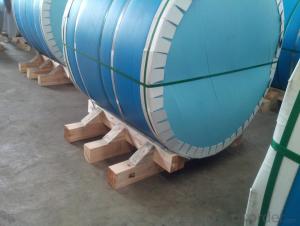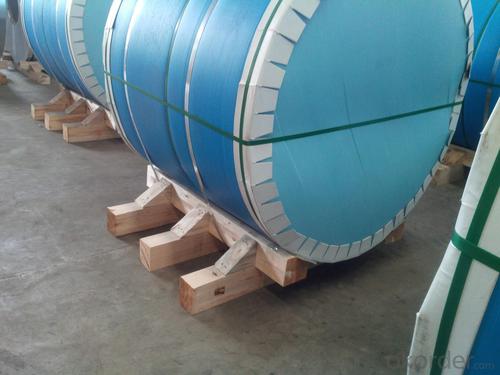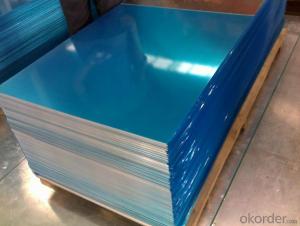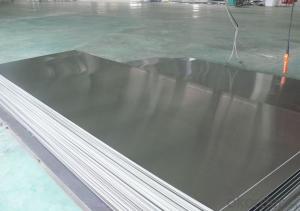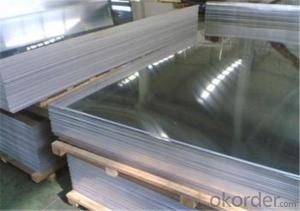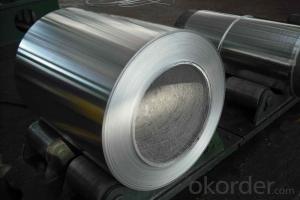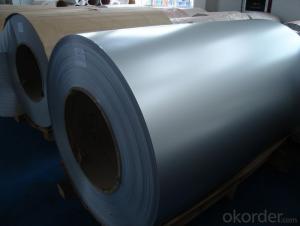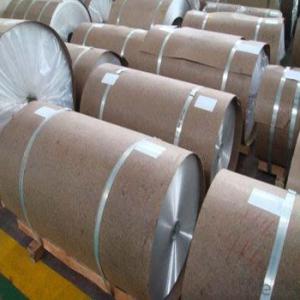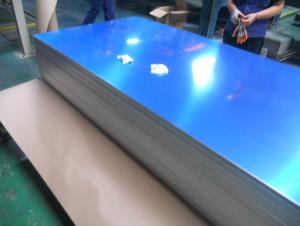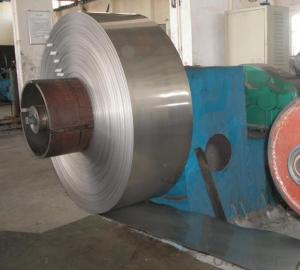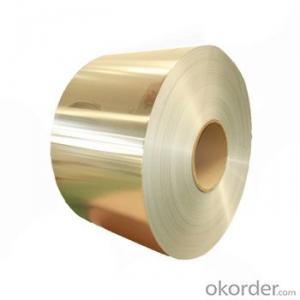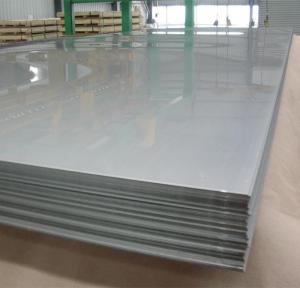Champagne Anodized Aluminum Coil for Rerolling - Direct Casting
- Loading Port:
- Shanghai
- Payment Terms:
- TT OR LC
- Min Order Qty:
- 5 m.t.
- Supply Capability:
- 20000 m.t./month
OKorder Service Pledge
OKorder Financial Service
You Might Also Like
Specification
1.Structure of Direct Casting Aluminium Coil for Rerolling
Direct Casting Aluminium Coil for Rerolling for Outer Building is one semi-finished aluminium material. This strip can be rolled down to aluminium coil,sheet,circle ect. The alloy AA1050 is widly used in building, industry ect. Its weight is much lower than steel. So many customers choosed aluminium material instead of steel.
2. Main features of Direct Casting Aluminium Coil for Rerolling
a.Competitive price---We have our own mills and can produce mill finished aluminium coils, so we can control the production cost better.
b.Professional after-sale service---We have more than 15 years exportation experience and you need not worry about the exporation problems.
c.Fast delivery time---We can control the delivery time within 35 days.
3. Image
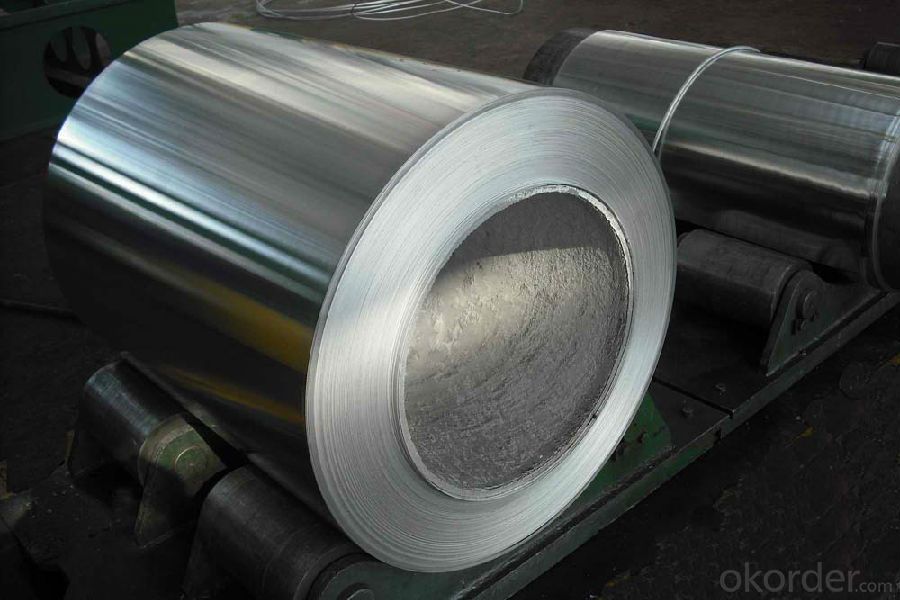
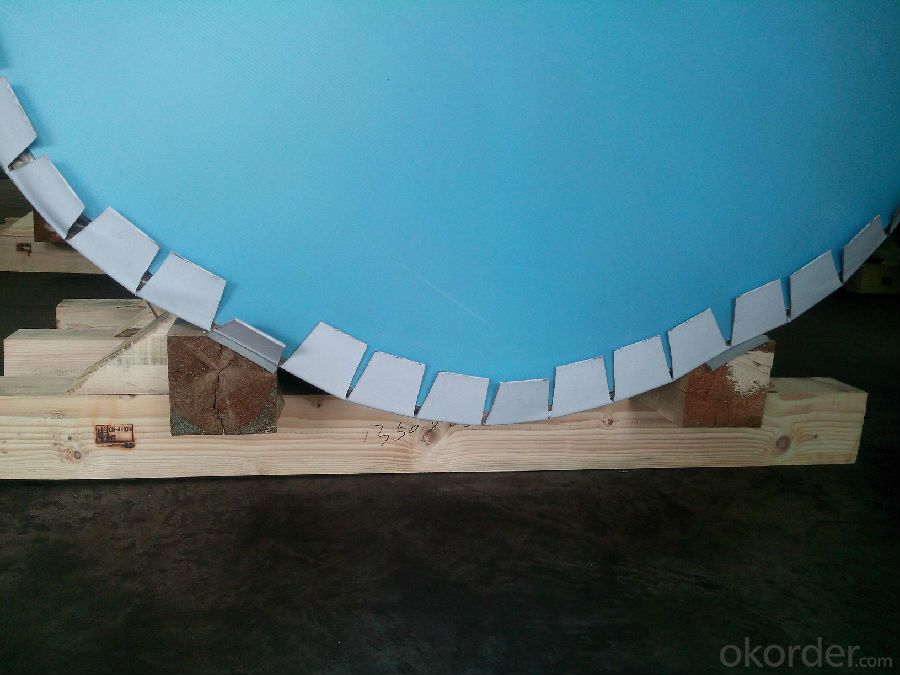
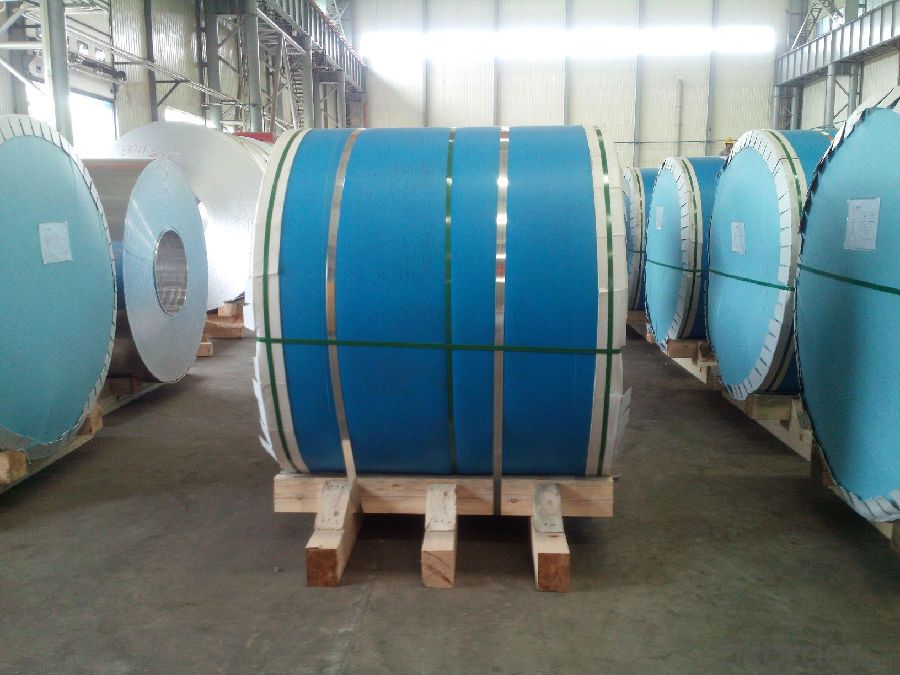
4. Product Specification
| Alloy | Temper | Thickness | Width | Weight |
| AA1050 | F,H18 | 3MM-8MM | 1000MM-1500MM | About 2.5 tons |
5.FAQ:
What is the quality standard?
---Usually our standard is GB3880-2006
What is the largest width?
---It is 2300mm
What is the MOQ?
---Usually we can accept 80 tons.
- Q: How do aluminum sheets perform in terms of heat reflectivity?
- Aluminum sheets have excellent heat reflectivity properties. They efficiently reflect heat and radiation, making them suitable for various applications that require heat insulation or management.
- Q: Describe the steps involved in installing aluminum sheets on a roof.
- <p>Installing aluminum sheets on a roof involves several key steps: 1) Inspect the roof structure to ensure it can support the new material. 2) Remove any existing roofing material. 3) Install roof underlayment to protect against moisture. 4) Position the first aluminum sheet at the lowest point of the roof, aligning it with the eaves. 5) Secure the sheet using clips or screws, ensuring a watertight seal. 6) Continue installing sheets up the roof, overlapping each by at least 2 inches for a secure fit. 7) Cut and fit sheets around vents, pipes, and other roof protrusions. 8) Install flashing and trim to finish edges and seal the roof. 9) Check for proper alignment and secure all fasteners. 10) Clean up debris and inspect the installation for any gaps or leaks.</p>
- Q: What are the different surface treatments available for aluminum sheet?
- Aluminum sheet offers a variety of surface treatments, each with its own benefits and purposes. Anodizing, painting, powder coating, and polishing are some of the most commonly used methods. Anodizing, for instance, involves an electrochemical process that develops a protective oxide layer on the aluminum sheet's surface. This treatment not only enhances its corrosion resistance but also adds an attractive finish. Anodized aluminum can be dyed in different colors, making it a popular choice for architectural and decorative uses. Painting, on the other hand, is a widely employed surface treatment for aluminum sheet. It entails applying a liquid paint coating to the surface, providing protection and aesthetic appeal. Painted aluminum sheets are frequently utilized in building facades, automotive parts, and other applications where a vibrant and long-lasting finish is desired. Powder coating, a dry finishing process, is also popular. It involves electrostatically applying a powder coating to the aluminum sheet and then curing it under heat. This treatment offers excellent corrosion resistance, durability, and a wide range of color options. Powder-coated aluminum sheets are often found in outdoor furniture, commercial signage, and architectural applications. For a smooth and shiny finish, polishing is a mechanical surface treatment that involves grinding or buffing the aluminum sheet. This treatment is commonly used for decorative purposes in jewelry, automotive trim, and upscale appliances. Choosing the right surface treatment for aluminum sheet depends on the intended application and desired appearance. Each treatment has unique properties and characteristics, so consulting with experts or professionals in the field is highly recommended to determine the most suitable option for specific requirements.
- Q: What is the cost of aluminum sheet compared to other metals?
- The price of aluminum sheet can differ from other metals depending on various factors like market conditions, availability, and specific metal grades. Generally, aluminum sheet is considered more economical than stainless steel, copper, and brass, among others. This is primarily because aluminum is abundant in the Earth's crust and the extraction and refining processes are relatively inexpensive. In addition, aluminum is often lighter in weight compared to other metals, making it a cost-effective choice for industries where weight is a concern, such as transportation. However, it should be noted that the cost of aluminum can change due to global supply and demand, tariffs, and other economic factors. Therefore, it is advisable to check current market prices and consult with suppliers or metal experts for accurate and up-to-date pricing information.
- Q: Can aluminum sheets be perforated for decorative or functional purposes?
- Yes, aluminum sheets can be perforated for both decorative and functional purposes. Perforating aluminum sheets allows for the creation of intricate patterns or designs and also enhances the sheet's functionality by improving ventilation, reducing weight, or enhancing acoustic properties.
- Q: What are the different methods of forming aluminum sheet?
- Aluminum sheet can be formed using various methods, each with its own advantages and limitations. 1) Rolling is the most commonly used method for manufacturing aluminum sheet. It involves passing aluminum ingots through rolling mills, gradually reducing the thickness until the desired sheet thickness is achieved. Rolling is highly versatile, allowing for precise thicknesses and a wide range of sizes. 2) Extrusion involves forcing a heated aluminum billet through a die to create a continuous sheet. This method is often used to produce sheets with complex cross-sectional shapes and consistent thickness. It is ideal for creating aluminum sheets with consistent patterns or textures. 3) Casting entails pouring molten aluminum into a mold and allowing it to solidify. It is commonly used for producing large aluminum sheets with irregular shapes or intricate designs. However, the thickness of cast aluminum sheets may not be as consistent as those created through rolling or extrusion. 4) Stretch forming involves clamping a sheet of aluminum around its edges and stretching it over a die to achieve the desired shape. This method is commonly used for producing curved or contoured aluminum sheets, such as those used in automotive or aerospace applications. 5) Spinning utilizes a rotating disk or mandrel pressed against a sheet of aluminum to shape it into the desired form. This method is frequently employed to create cylindrical or conical aluminum sheets, like those seen in lighting fixtures or cookware. 6) Deep drawing involves placing a flat sheet of aluminum into a die and using a punch to force the metal into the desired shape. It is commonly used for producing aluminum sheets with deep, cup-like shapes, such as those found in beverage cans or automotive parts. Ultimately, the choice of method for forming aluminum sheet depends on factors such as the desired shape, thickness, and complexity of the final product, as well as production volume and cost considerations.
- Q: I need help with this question for a report i'm doing, it's about recycling aluminium, please could you give me some reasons why to recycle aluminium and eg.saves energy, and how it does eg. saves energy by...Thanks a lot this will help me loads.P.S this is just a report for my science project.
- Well aluminium is a common metal and throwing it away fills up land fills. Recycling the metal means less mining and ripping up the earth.
- Q: Can aluminum sheets be used for architectural applications?
- Architectural applications can definitely make use of aluminum sheets. Aluminum, being a lightweight and versatile material, offers numerous advantages for architectural projects. It possesses durability, resistance to corrosion, and the ability to withstand extreme weather conditions, making it an ideal choice for different architectural applications like roofing, cladding, facades, windows, doors, and decorative elements. The availability of aluminum sheets in various thicknesses, finishes, and colors allows architects and designers to achieve their desired aesthetic while maintaining structural integrity. With the material's flexibility in being easily shaped, bent, and formed into complex designs, architects are provided with creative freedom and flexibility. Aside from its aesthetic appeal, aluminum is also an environmentally sustainable choice for architectural applications. It is highly recyclable, contributing to a high recycling rate and promoting eco-friendly options. The use of aluminum sheets in architectural projects helps in reducing the carbon footprint and promoting sustainable design practices. Moreover, aluminum sheets offer excellent thermal and acoustic properties that contribute to energy efficiency and sound insulation in buildings. The material aids in reducing energy consumption and enhancing occupant comfort, making it an attractive option for architects and building owners. In conclusion, the versatility, durability, sustainability, and aesthetic appeal of aluminum sheets make them a popular choice for architectural applications. They provide numerous benefits and can be utilized in various ways to create stunning architectural designs while ensuring long-lasting performance.
- Q: What is the thickness range of aluminum sheets?
- The thickness range of aluminum sheets typically varies from 0.006 inches (0.15mm) to 0.25 inches (6.35mm).
- Q: Can aluminum sheets be easily shaped or bent into desired forms?
- Yes, aluminum sheets can be easily shaped or bent into desired forms due to their malleability and ductility.
Send your message to us
Champagne Anodized Aluminum Coil for Rerolling - Direct Casting
- Loading Port:
- Shanghai
- Payment Terms:
- TT OR LC
- Min Order Qty:
- 5 m.t.
- Supply Capability:
- 20000 m.t./month
OKorder Service Pledge
OKorder Financial Service
Similar products
Hot products
Hot Searches
Related keywords
